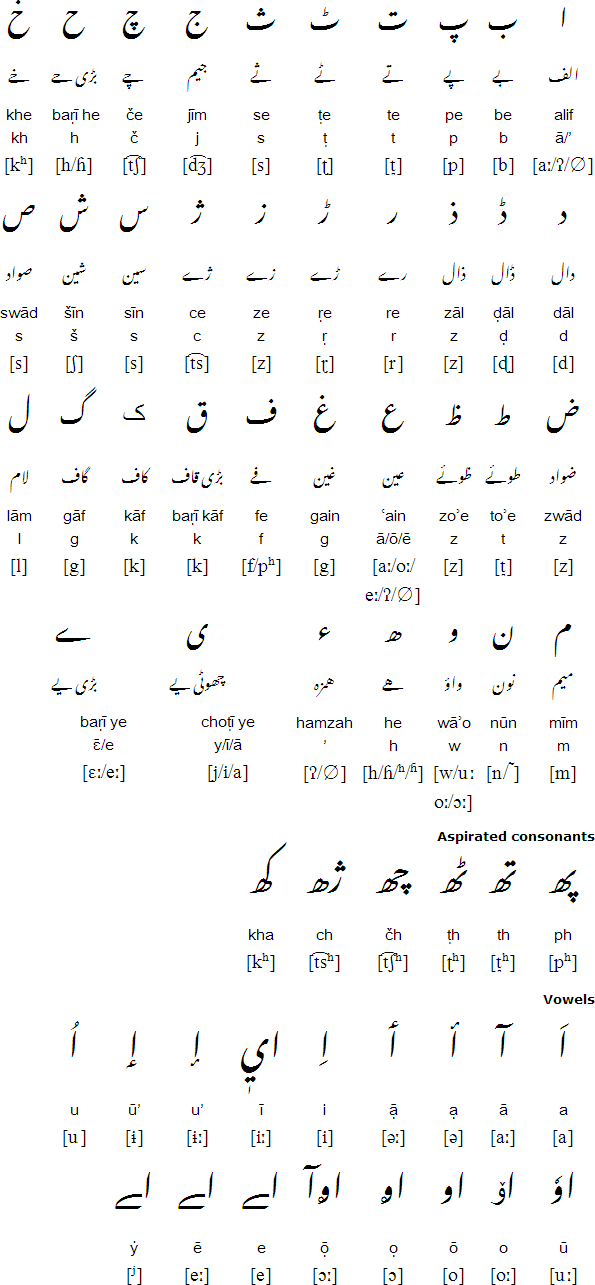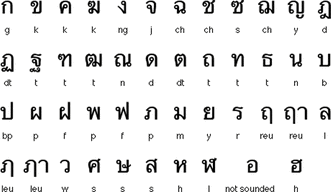
Those from the US, France or Sweden were more likely to use 42 individual unit blocks, while those from Japan or Korea were more likely to use four blocks of ten and two single-unit blocks, which suggests that the children’s early mental representation of numbers may have been shaped by their language.

In one study, first-grade children were asked to represent numbers like 42 using blocks of tens and units. For example, children who count in East Asian languages may have a better understanding of the base-10 system.

There’s growing evidence that the transparency of a counting system can affect the way we process numbers. Psychologists call systems like these “transparent”, where there is an obvious and consistent link between numbers and their names. Japanese and Korean also use similar conventions, where larger numbers are created by compounding the names for smaller ones.

Here, 92 is written jiǔ shí èr, which translates as “nine ten two”. And in Danish, the word for 92 is tooghalvfems, where halvfems, meaning 90,is an abbreviation of the Old Norse word halvfemsindstyve, or “four and a half times twenty”.Īnd in English, words like “twelve” or “eleven” don’t give many clues as to the structure of the number itself (these names actually come from the Old Saxon words ellevan and twelif, meaning “one left” and “two left”, after 10 has been subtracted).Ĭontrast this with Mandarin Chinese, where the relationship between the tens and the units is very clear.

By the time we’re adults, the connection between numerals and their names is almost automatic, so we barely give them a second thought. If I asked you to write down the number “ninety-two”, you wouldn’t have to think twice.


 0 kommentar(er)
0 kommentar(er)
